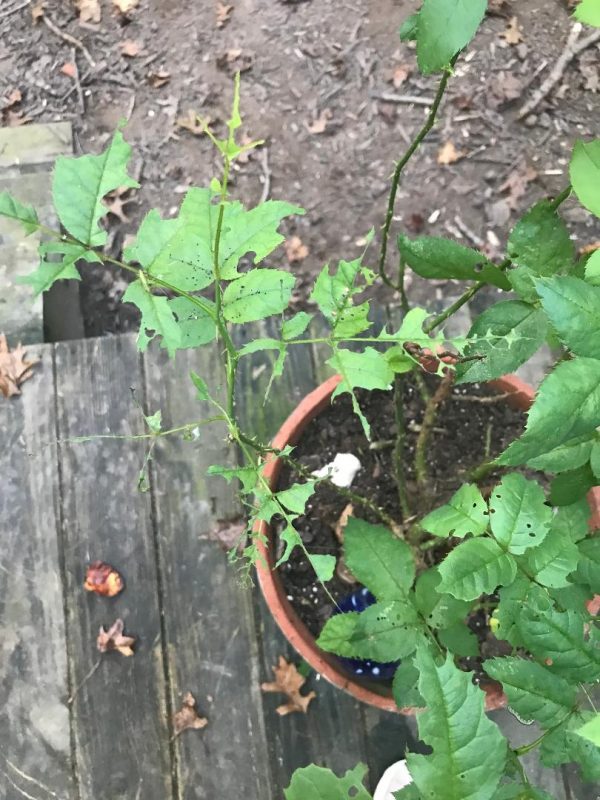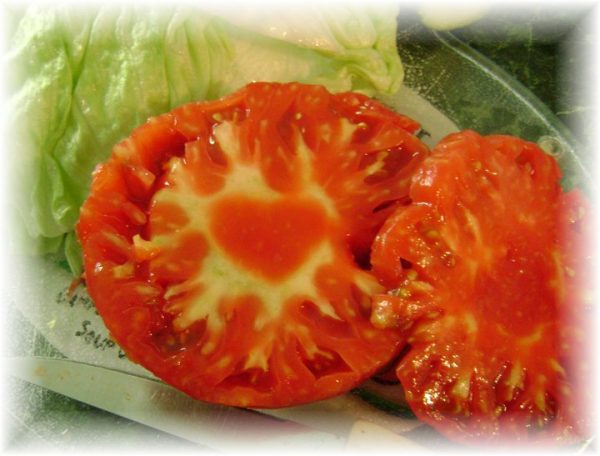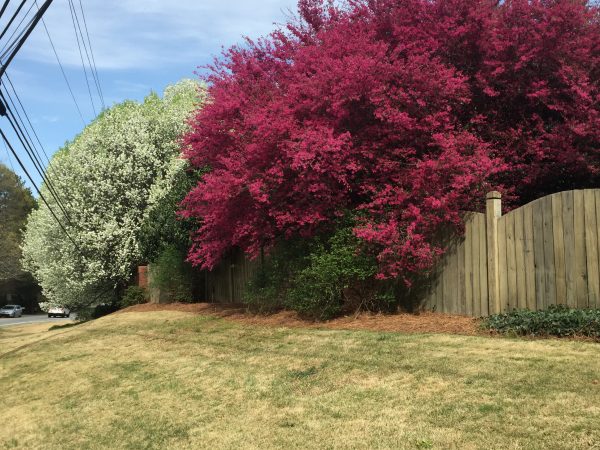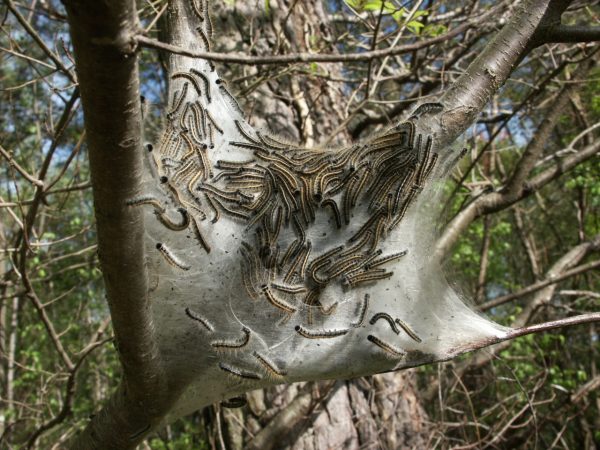Lawn – Carbon Sequestration

One of the big areas of study right now is how we can decrease the amount of carbon dioxide going into the atmosphere. One of the strategies is to increase the amount of carbon held (sequestered) in the soil.
You might not realize it, but landscape plants do indeed pull carbon dioxide from the air and sequester it in the soil in their root mass.
Since lawns have LOTS of roots, it makes sense that lawns could be an important way to capture and hold carbon.
This study from Ohio State University says “Lawns can be a net sink for atmospheric CO2 under all three evaluated levels of management practices with a national technical potential ranging from 25.4 to 204.3 g C/m2/year.”
So my 5000 sq ft lawn could be socking away 100 lb of carbon each year!
HortScience: Carbon Sequestration in Lawns
and this one from Kansas is interesting:
Turfgrass Carbon Sequestration
But as far as the effect of lawns of greenhouse gasses goes, the editors of the HortIdeas newsletter note:
“Even more interestingly, at least to us, is the fact that this paper, ……., does not consider emissions from lawns of nitrous oxide, a potent greenhouse gas (hundreds of times more potent than carbon dioxide over a long period of time). Townsend-Small and Czimczik found ….. that nitrous oxide emissions from fertilized lawns can offset up to about 30 percent of the carbon stored in the lawns. We are concerned that because the HortScience paper’s model does not include nitrous oxide emissions, its results could considerably overstate the net ability of residential lawns to help mitigate global warming.”















